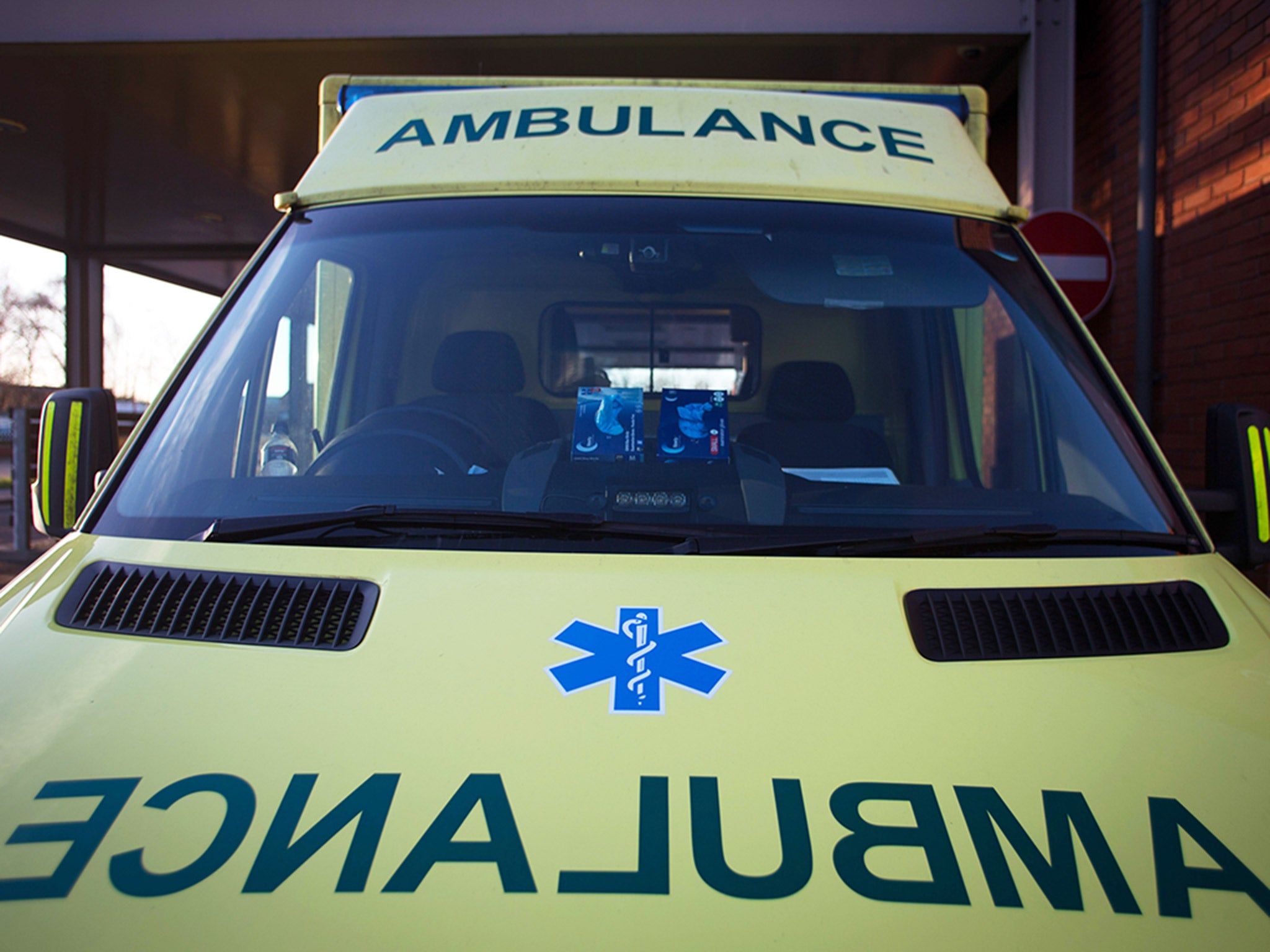NHS winter pressure 'at risk of becoming the norm all year round'
Study finds long waits at A&E and slower ambulance responses times becoming increasingly common in summer months

Your support helps us to tell the story
From reproductive rights to climate change to Big Tech, The Independent is on the ground when the story is developing. Whether it's investigating the financials of Elon Musk's pro-Trump PAC or producing our latest documentary, 'The A Word', which shines a light on the American women fighting for reproductive rights, we know how important it is to parse out the facts from the messaging.
At such a critical moment in US history, we need reporters on the ground. Your donation allows us to keep sending journalists to speak to both sides of the story.
The Independent is trusted by Americans across the entire political spectrum. And unlike many other quality news outlets, we choose not to lock Americans out of our reporting and analysis with paywalls. We believe quality journalism should be available to everyone, paid for by those who can afford it.
Your support makes all the difference.High pressure on hospitals, typically associated with the winter months, is at risk of becoming the norm all year round for the NHS in England, new research has said.
The study by the Nuffield Trust and Health Foundation think-tanks found long waits at A&E and slower ambulance response times were becoming increasingly common in the summer months.
In summer last year, for example, there were more trolley waits – defined as a delay of between four and 12 hours between an A&E doctor’s decision to admit a patient and finding that patient a bed – than in any of the four winters prior to 2014/15.
However, in some areas the NHS has been managing increasing pressures, the report says, with the number of diverts – when A&Es send ambulances to another hospital because of overcrowding – have remained steady over the past five years, with about 250 occurring each winter.
Dr Elizabeth Fisher of the Nuffield Trust, the report’s lead author, said respiratory problems, heart attacks and strokes were more common in cold weather, which, along with the increased prevalence of flu and the norovirus, led to greater pressure on hospitals in winter.
“The new and worrying development we’ve identified in our analysis is that although those factors aren’t present in summer, the summer months have now started to show performance similar to that seen in past winters,” she said.
“This has a knock-on effect in the months that follow, particularly on planned operations, thus making it harder for the health service to cope each winter.”
Heidi Alexander, shadow Health Secretary, said: “Under this Tory Government, the NHS has not only a winter crisis but a spring, summer and autumn crisis too. Hospital departments have become dangerously full, patients are waiting hours in A&E, and delayed discharges have hit a record high.”
Dr Clifford Mann, president of the Royal College of Emergency Medicine, said: “Reductions in the number of available beds exacerbate an already overstretched system and, as a consequence, more and more patients experience unacceptable delays.”
A Department of Health spokesperson said the NHS was “coping well under pressure” and that nine out of 10 A&E patients were seen within four hours.
Join our commenting forum
Join thought-provoking conversations, follow other Independent readers and see their replies
Comments